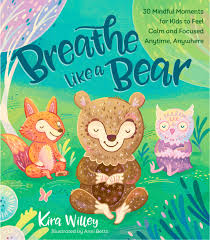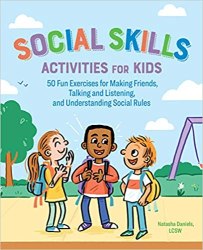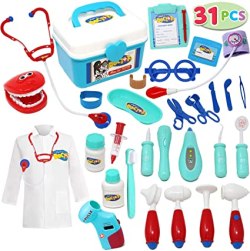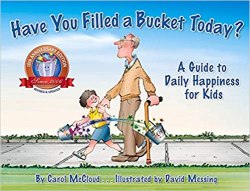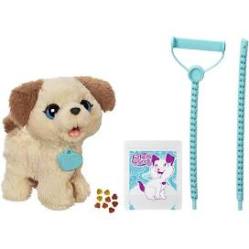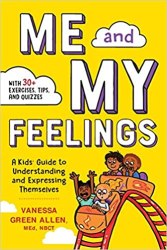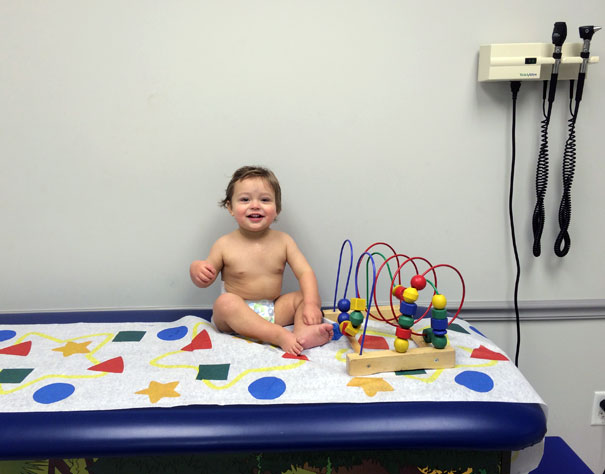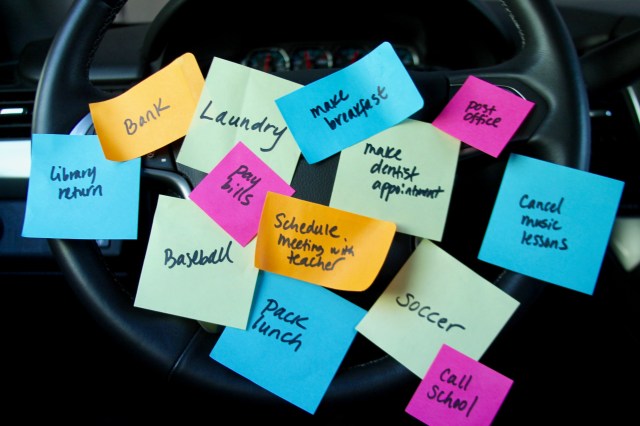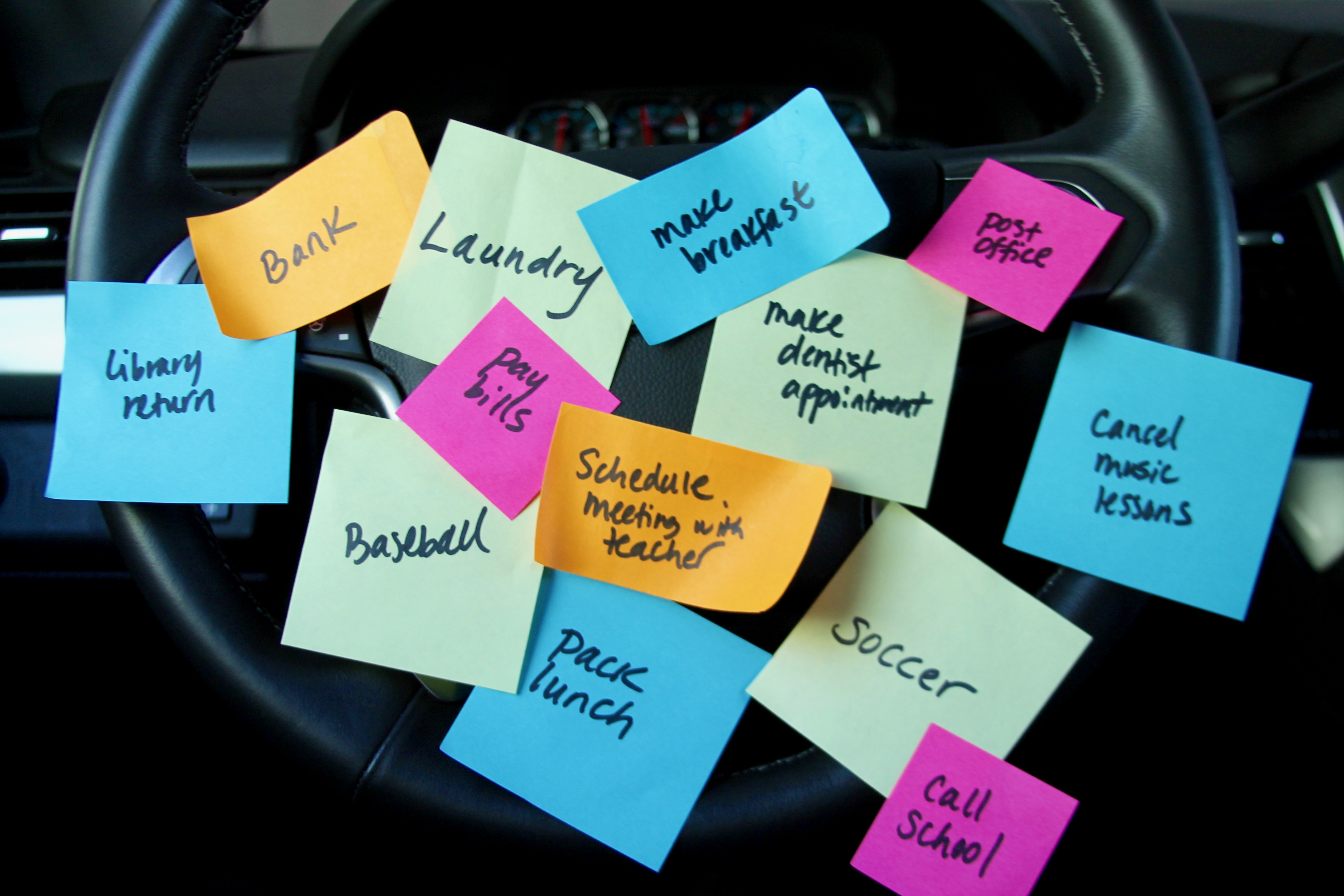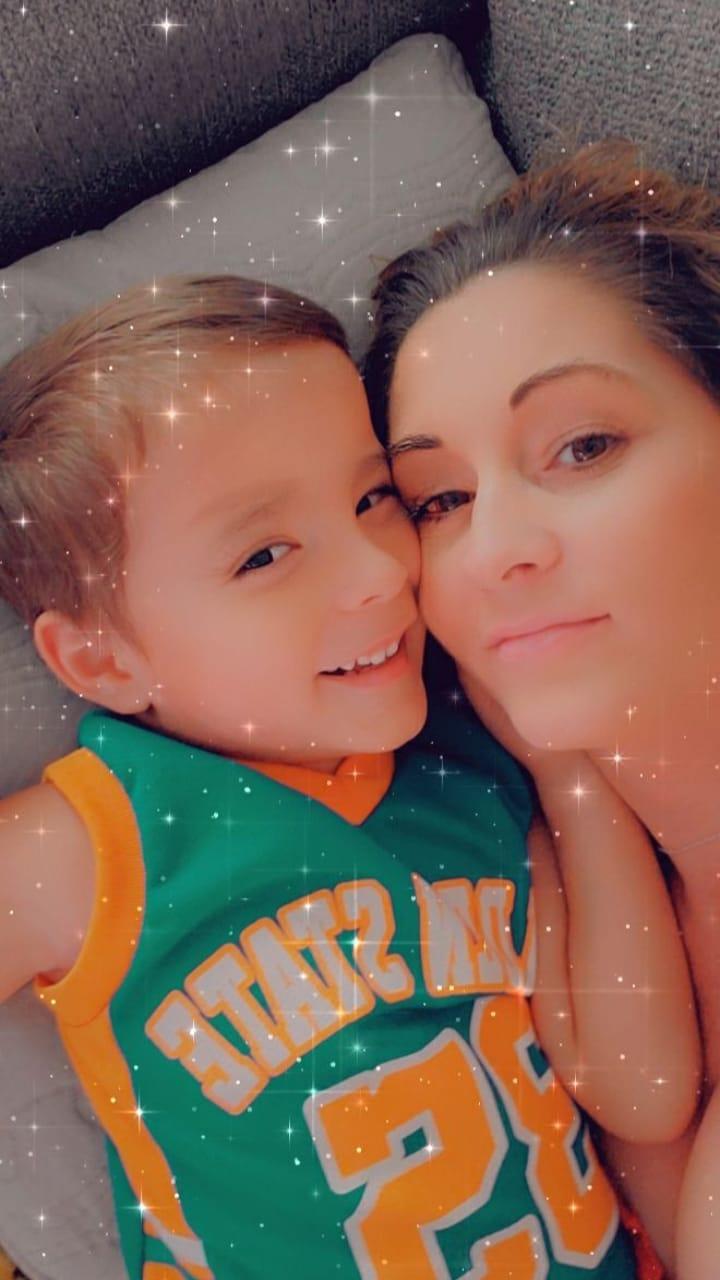
I never had that feeling in life that I truly fit in or I was doing what I was supposed to be doing. What was my purpose in life? They say we all have a purpose here on Earth. What is mine? What was I supposed to be doing?
From early on, starting in grade school, I always felt like the odd man out. I got along with everyone, but I felt like I was not truly included or welcomed like some of the other kids. At birthday parties I felt alone. I watched other kids clicking more and meshing with one another. Not me. I knew I wasn’t truly in the group. I would sit there and feel uncomfortable and want to run out the door as quickly as possible. I wanted to go home.
Even up through high school I felt this way. I grew up in a small Midwest town where everyone knew everyone’s business. Again, I got along with pretty much everybody but it still wasn’t a good feeling. I started to skip school and miss a lot of my classes. I got off track and felt even more lost and alone.
Years later, I went to nursing school and at age 37 I started my new career. I became a Registered Nurse and worked in the ICU. I love what I do, and at that time I still couldn’t think of anything I’d rather be doing.
But guess what??!!! That all changed once my twins were born.
I loved being a mother but I still wanted to work and have a career. But then my son got diagnosed with autism at age 3. Then I knew, this was it. This was my purpose. My thing in life was to be there for my son. I was the one for him. He was the one for me. I was always a stubborn person and a little set in my ways. I was never one to back down from a good fight. What a perfect fit I was, to have an autistic child.
There are many battles a parent of an autistic child must fight. My personality would help my son to get the best in life. I would fight for him tooth and nail for everything. I wouldn’t rest until he got what he deserved. I believed in him and I fought hard. I would fight any battle for him. He is my purpose.
I fought to get my son services and therapy to help him grow. I went toe-to-toe with the school district, one of our biggest battles. They wanted to put my son in a severe classroom. I knew that was not where he needed to be. A parent knows what’s best for their child. They live with their child, and see them every day and night. How could strangers know what’s best for my son? I fought like a mama bear fights for her cub. I won and got my son the education he deserved, and he is doing very well. I finally have some of the school team on our side now. They see the potential and skill set my son has. He is unbelievably smart and knows so much more than people give him credit for. I believed in him and always will.
I will always go to battle for this kid. I will never let anyone tell me that my son can’t do something when I know he can. Parents, we are our children’s biggest advocates. Your child has rights and you as parents do as well. Don’t give in to what someone says. Go with your gut instinct and go to battle. Never let go of the dreams and hopes you have for your child. You will win!!













